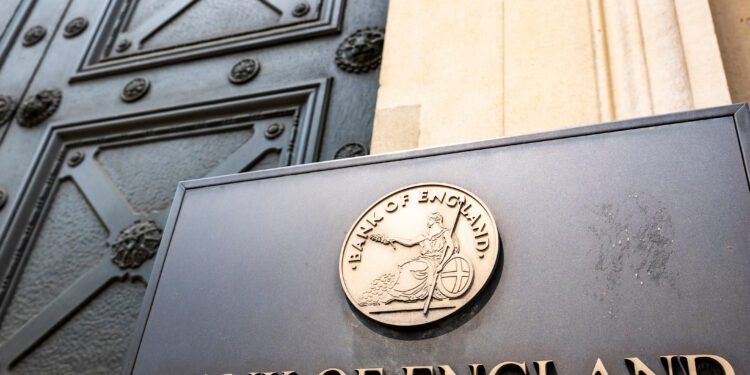The Bank of England announced plans this week to bring an “orderly end” to its emergency bond-buying scheme, which aimed to prevent the collapse of certain pension funds. The scheme ends this Friday, and the Bank has said it will raise the number of bonds it can buy for the final week. It will also be offering extra support to reduce stresses on pension funds.
Typically, the U.K. government borrows money to fund its spending plans by selling bonds to investors, including pension funds and big banks. But a collapse in the price of bonds can force these funds to sell their bonds and drive the price down. If the price drops too low, some funds may no longer be able to pay their debts.
A new ‘mini-budget’ came into place in the U.K. under new Prime Minister Liz Truss on 23rd September. Truss promised nearly $50 billion in tax cuts to support economic growth. Truss explained the move, “We had to take urgent action to get our economy growing, get Britain moving, and also deal with inflation, and of course, that means taking controversial and difficult decisions.” She added, “But I’m prepared to do that as prime minister because what’s important to me is that we get our economy moving.”
However, following the announcement, the value of the pound plummeted. This led investors to demand a higher return on government bonds, which sent them down in value. Concerns around pension bonds led the Bank of England to buy government bonds due to worries over “a material risk to UK financial stability”.
Russ Mould, investment director at AJ Bell suggested that the Bank made its bonds available for such as short time to reinforce the idea that it “remains committed to withdrawing monetary stimulus and tightening monetary policy as it fights inflation”.
Although the Bank stated it would buy up to almost $72 billion in bonds, it has only bought $5.5 billion in bonds to date. However, it will now double the daily buying limit to $11 billion. The Bank believes the situation is now significantly more stable, allowing them to bring the scheme to an end.












